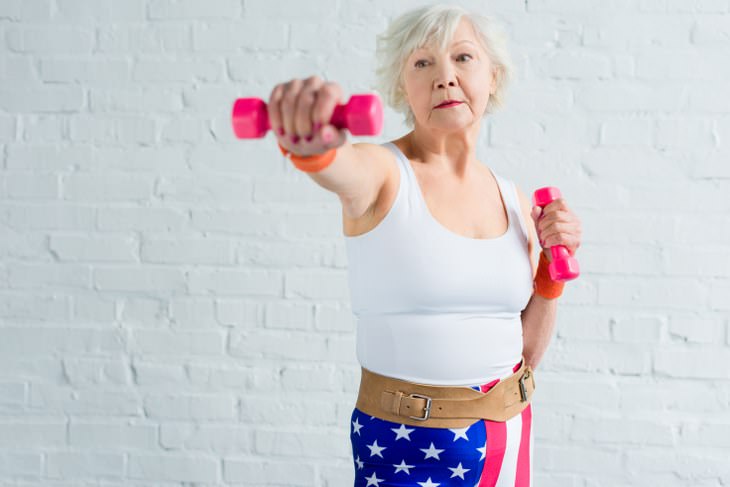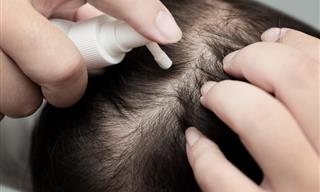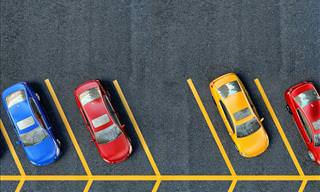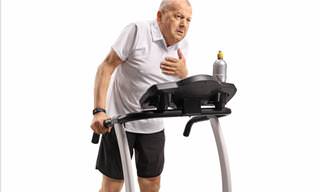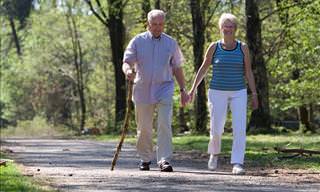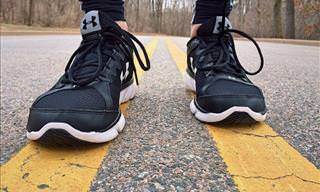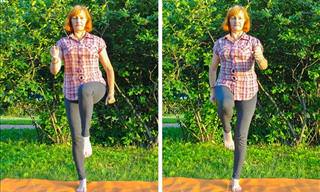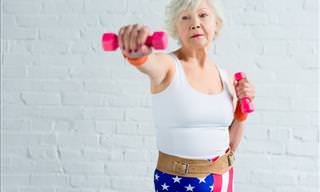“You are pushing yourself to a point where, for 30 seconds to a couple of minutes, you are giving everything you can give,” says Brad Prigge, a wellness exercise specialist from the Mayo Clinic Healthy Living Program in Rochester, Minn. “Then you let yourself recover, catch your breath, and you do it again.”
The appearance of HIIT-centric fitness chains such as SoulCycle, Orangetheory and Barry’s Bootcamp also make HIIT a lot more accessible, and according to recent studies regarding HIIT's immense benefits, this may be the impetus that people need to get going.
HIIT has many awesome health benefits associated with it, particularly when it comes to older people. In 2017, researchers from the Mayo Clinic found that while HIIT can help anyone, it is older adults who have the most to gain from it. This is because it triggers new muscle growth, improves energy production in muscles, and even reverses some age-related deterioration of muscle cells.
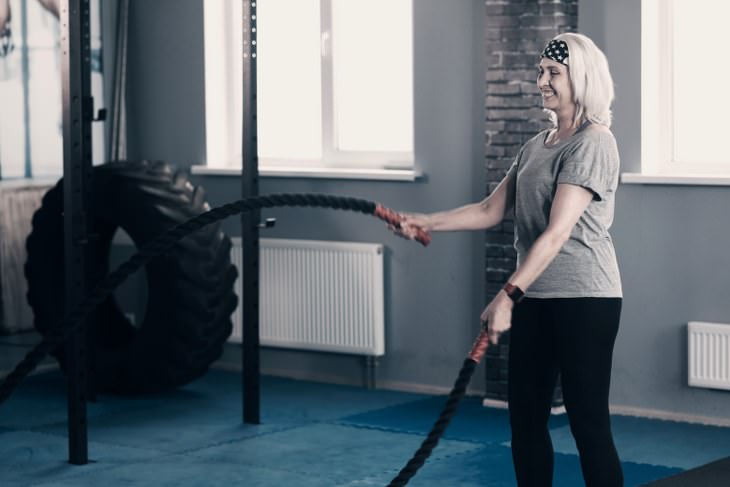
Of course, you should exercise caution if you have a health condition that advises against strenuous exercise. However, "for most people it’s not something to be afraid of,” Prigge says. “Like anything, start gradually and gradually build from there.”
So what is HIIT exactly? Basically, any kind of workout which gets your heart pumping for short, intense periods of time can qualify as HIIT. You don’t even need to make use of a heart rate monitor if you find it gets in the way, however it is a pretty solid method of gauging your effort.
Professional trainers usually ask about heart rate zones, which are basically a percentage of your maximum potential heart rate. To determine your own, simply subtract your age from 220. As an example, a 55-year-old should aim for a heart rate which is around 132 beats per minute (80% of their 165 max heart rate) during each exercise interval, which may last from 30 seconds to a handful of minutes.
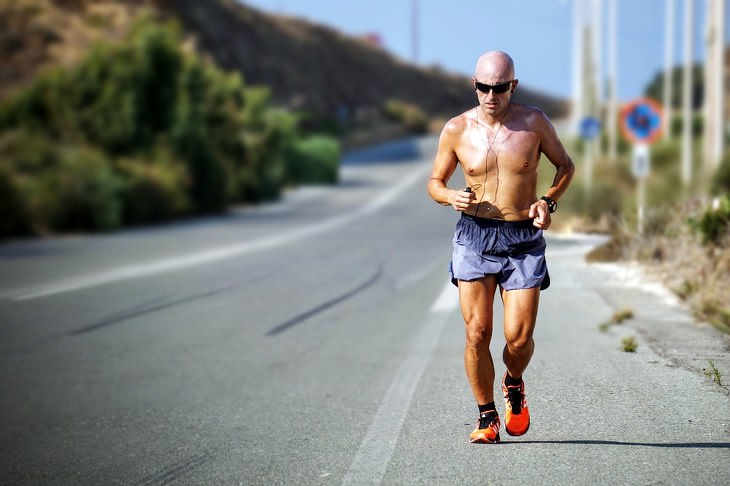
Never forget that such maximums significantly differ from one person to the next, regardless of how fit they are. Therefore, a higher maximum heart rate is not an indication that you are more fit than anyone else. Instead, you should try to perceive your heart rate as an internal speedometer, and allow your perceived exertion to be your guide. Once you've used a heart rate monitor a few times, you'll begin to understand what level of exertion feels right to you.
If you are working out at what is meant to be your maximum heart rate, and you are not even breaking a sweat, then you will need to adjust the goal higher. Just as importantly, if your heart rate seems low but you feel that you are really pushing yourself, then allow that to be your guide and aim for a lower rate.
You don't actually need to join a gym or a class to reap HIIT's benefits. By yourself, you can pick any physical activity, such as walking, running, swimming or biking, and start off with a 10-minute warm up. Then, simply carry on by switching between a fast and moderate pace for the next 20 minutes, before winding down with a cool down.
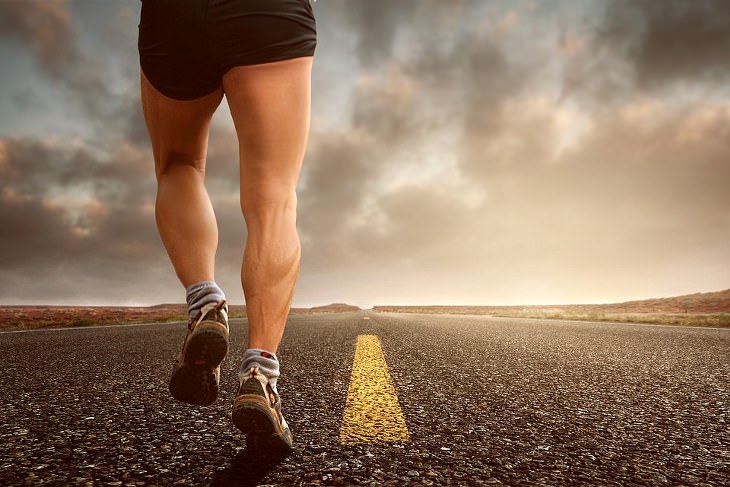
HIIT is also an extremely flexible type of activity. You can vary the length of the intensity and recovery periods to match your level of fitness, as well as the total length of the routine. It's also fine to change things up if starts to get old. “Experiment with different things you enjoy so you’re more likely to sustain it,” suggests Prigge.
To get the most out of HIIT, you don't even need to do it on a daily basis. In fact, 2 to 3 times a week has been found to be enough. You simply need to balance these intense workouts with varying activities on the other days. You should also avoid overlooking the value of rest days.
“A big component of doing this kind of training, we found, is getting enough recovery,” says Mike Leone, a 54-year-old competitive cyclist and triathlete, who typically goes to Orangetheory on Mondays and Thursdays, takes Tuesday and Friday off, and goes for long bike rides on the weekends.
The effective combination of high-intensity and other activities, he says, offers “the two most important things at this stage of our lives - consistency and variety.”
 Go to BabaMail
Go to BabaMail


